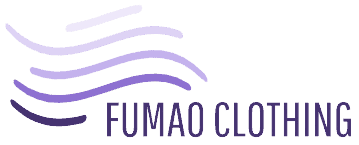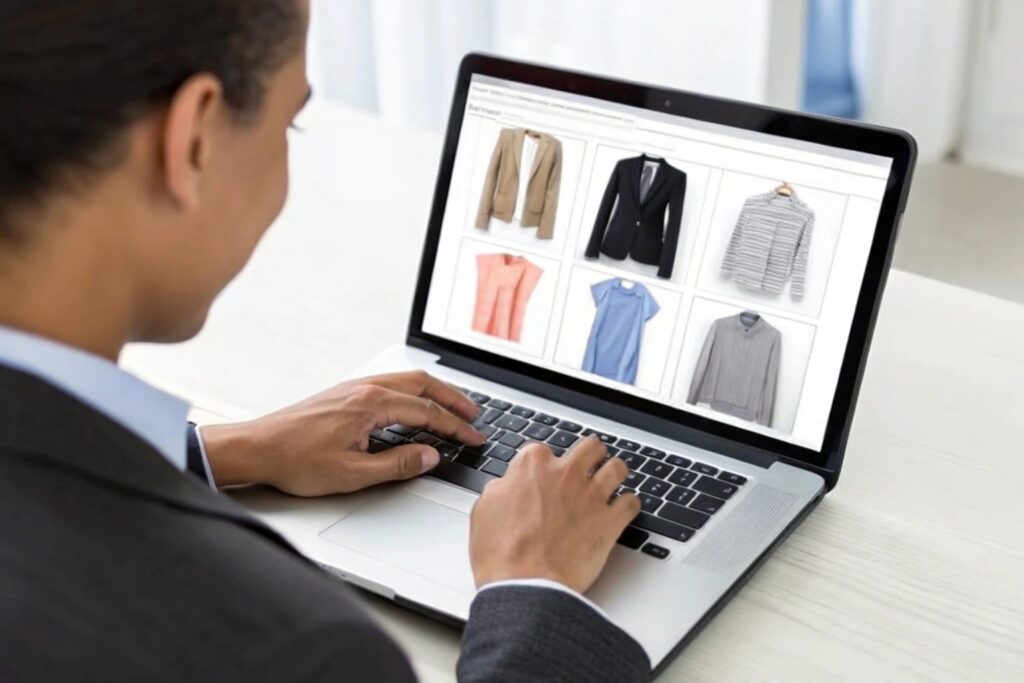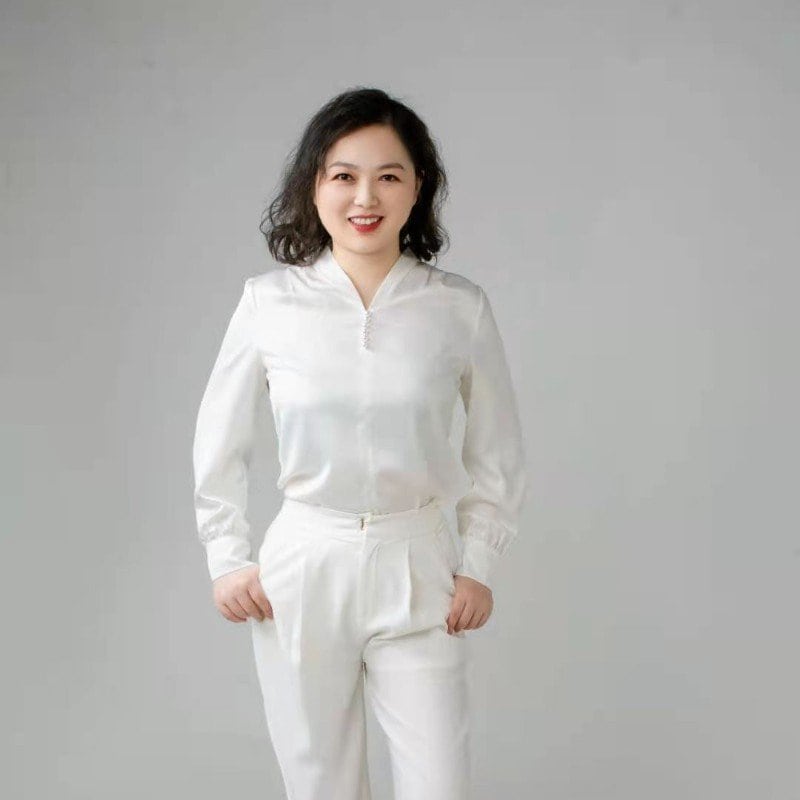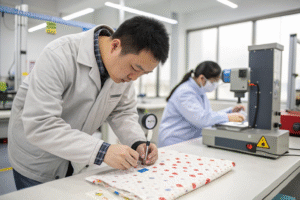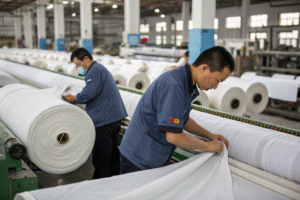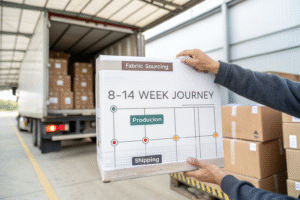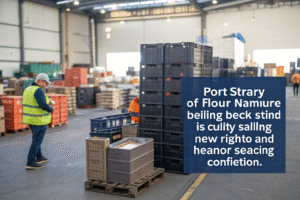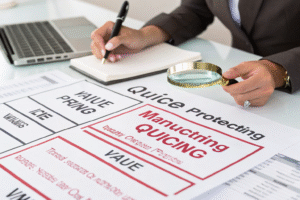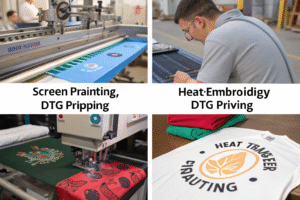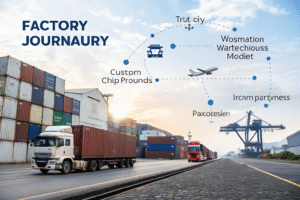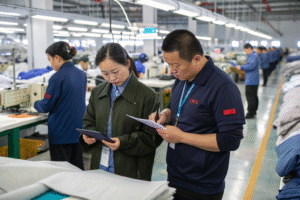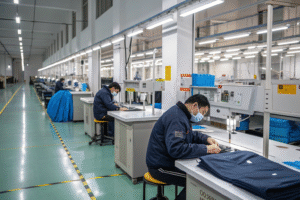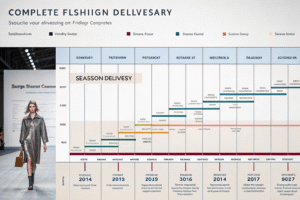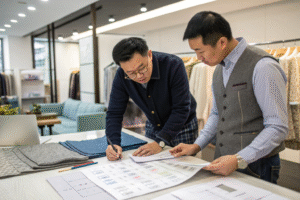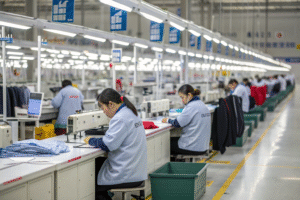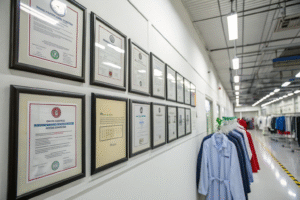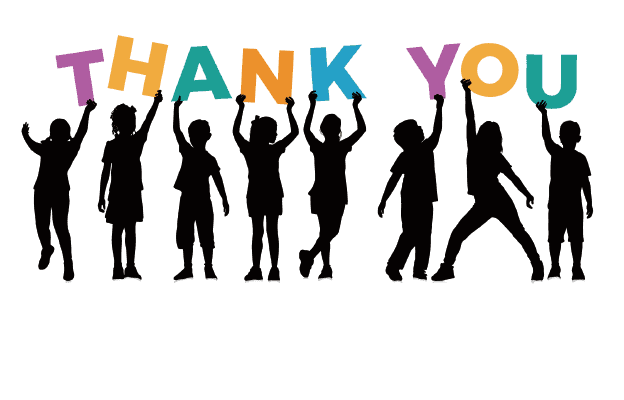Searching for a good garments supplier can feel overwhelming. With too many platforms and options, it’s easy to waste time or make costly mistakes.
You can find reliable garment suppliers through trade shows, B2B platforms, and verified manufacturer websites—especially those with proven export experience.
Whether you’re starting a fashion brand or scaling up production, sourcing from the right partner is critical. Let’s explore where to find suppliers, how to check their quality, and what warning signs to avoid.
Top Platforms to Source Reliable Garment Suppliers
There are hundreds of supplier websites—but only a few help you connect with real, experienced factories.
Top platforms to find garment suppliers include Alibaba, Global Sources, and MakersValley, as well as trade shows like MAGIC and Texworld USA.

Which online platforms work best for first-time buyers?
If you’re new to sourcing, platforms with buyer protection and detailed filters are best. I started with Alibaba1. It’s easy to use and offers supplier profiles, reviews, and trade assurance. But I’ve learned to be careful—some vendors are traders, not real factories.
Here are platforms I trust:
| Platform | Features | Ideal For |
|---|---|---|
| Alibaba | Wide selection, reviews | All-level buyers |
| Global Sources | Verified exporters | Mid-size and large orders |
| MakersValley2 | US–Italy factory match | Premium brands |
| IndiaMART | India-based factories | Apparel, textiles |
| Fibre2Fashion | Niche garment makers | B2B fashion professionals |
When I need high-end, small-batch production, I use MakersValley. For general apparel orders, I compare quotes on Alibaba and Global Sources.
Are trade shows3 still useful for sourcing?
Yes. Trade shows are still one of the best ways to meet suppliers face to face. Events like MAGIC Las Vegas, Texworld USA, and the Canton Fair let you feel fabrics, see samples, and ask direct questions.
One of my best supplier relationships started at a trade show. I saw their stitching quality in person, talked to the factory owner, and knew right away they were different.
How to Vet Clothing Manufacturers for Quality?
A low price means nothing if the quality hurts your brand. That’s why I always vet manufacturers carefully before I place an order.
Check samples, factory certifications, and previous export records. Real factories offer detailed communication, technical files, and proven production quality.

What should I ask before placing an order?
Before working with any factory, I ask for:
- A pre-production sample4
- A recent QC report
- Fabric certifications (like OEKO-TEX)
- Factory audit reports
- Their export country list
If they refuse or delay, that’s a red flag. A real factory will have these ready. I also check how fast they respond and whether they answer clearly. A strong factory rep knows the product, the process, and the market.
Here’s my vetting checklist:
| Step | What to Confirm |
|---|---|
| Sample | Matches spec sheet |
| Factory Info | Real location, factory photos |
| Production Capacity | Can meet order timeline |
| Certifications | OEKO-TEX, GOTS, BSCI (if needed) |
| Communication | Direct, prompt, clear replies |
How do I test product quality before mass production?
Always order a sample run before full production. I test the garment for:
- Stitching strength
- Color fastness (wash test)
- Fit accuracy
- Labeling correctness
I once skipped the sample step to save time. Big mistake. The size chart was off, and the colors didn’t match. Now I never skip it, even if it adds a week.
I also send a tech pack with clear diagrams and notes. This helps avoid confusion and gives the factory a visual reference.
Best Regions for Ethical Garment Sourcing?
If your brand values sustainability and fair labor, sourcing location matters just as much as price.
The best regions for ethical garment sourcing include Portugal, Turkey, and parts of India and Vietnam with certified factories and transparent practices.

Which countries lead in ethical production5?
Some countries have stricter labor laws and better factory audits. In Europe, Portugal and Turkey are known for premium-quality ethical production. In Asia, Vietnam and India have certified zones with well-managed factories.
Here’s a breakdown of ethical sourcing regions:
| Country | Strengths | Certifications Available |
|---|---|---|
| Portugal | High-end, small batch | GOTS, OEKO-TEX |
| Turkey | Strong knits, fast delivery | BSCI, Sedex |
| India | Natural fibers, artisan work | GOTS, SA8000 |
| Vietnam | Good compliance, quality | WRAP, BSCI |
I’ve worked with both Indian and Turkish factories that provided BSCI audit reports6 and let me tour via Zoom. Seeing workers with proper uniforms and organized lines gave me peace of mind.
How can I confirm if a factory is ethical?
Ask for certifications like:
- GOTS (organic textile standards)
- BSCI (social compliance)
- WRAP (Worldwide Responsible Accredited Production)
- Fair Trade
Also, look for photos of the factory floor, worker facilities, and policies. Ethical factories are proud to show their compliance. If they avoid the question or send only cropped photos, I stay away.
Red Flags to Avoid When Choosing Suppliers?
Choosing the wrong supplier can cost you money, time, and your brand’s reputation. I’ve learned the hard way what signs to look out for.
Red flags include poor communication, vague pricing, missing certifications, and pushy sales tactics. These often signal hidden risks.

What are common warning signs during communication?
If a supplier takes more than 48 hours to reply consistently, that’s a bad sign. I’ve dealt with reps who promised everything but delivered nothing. Watch for:
- Vague answers to technical questions
- No reference clients or sample images
- Pressure to pay quickly
- Avoidance when asked about factory audits
Here’s a list of red flags7 I’ve personally experienced:
| Red Flag | What It Means |
|---|---|
| "Trust me, we’ve done this before." | No real proof or sample |
| No certifications | Likely not compliant |
| Very low prices | Could be poor quality or bait pricing |
| Delayed replies | Low priority client or poor support |
| Refusal to use secure payment | Possible fraud risk |
How do I protect myself?
Use trade assurance8 when available. Get everything in writing—tech packs, pricing, shipping terms. I also do 30/70 payments: 30% deposit, 70% after inspection.
On larger orders, I hire a third-party QC firm9 to inspect the goods. It costs $100–$300, but it’s worth it. Once I had a batch of 2000 jackets checked—15% had stitching errors. The factory fixed it before shipping, saving me returns and refund issues.
Conclusion
Finding a reliable garments supplier takes research, clear communication, and a solid vetting process. Whether you’re sourcing from the USA, Asia, or Europe, ask the right questions, look for verified credentials, and avoid common red flags to build strong long-term partnerships.
-
Explore Alibaba's features and buyer protection to understand why it's a top choice for new buyers. ↩
-
Learn about MakersValley's unique offerings for premium brands and small-batch production. ↩
-
Discover how trade shows can enhance your sourcing experience and help you build valuable supplier relationships. ↩
-
Understanding pre-production samples is crucial for ensuring product quality before mass production. Explore this link to learn more. ↩
-
Exploring this resource will provide insights into the standards and practices that define ethical production globally. ↩
-
This link will explain the significance of BSCI audits in maintaining ethical labor practices in factories. ↩
-
Understanding red flags can help you identify potential issues with suppliers and protect your business interests. ↩
-
Exploring trade assurance can provide insights into how to safeguard your transactions and ensure quality from suppliers. ↩
-
Learning about third-party QC firms can help you ensure product quality and avoid costly mistakes in your orders. ↩
